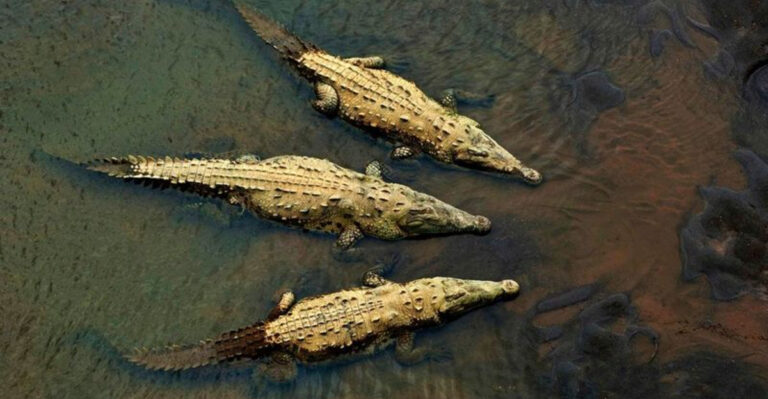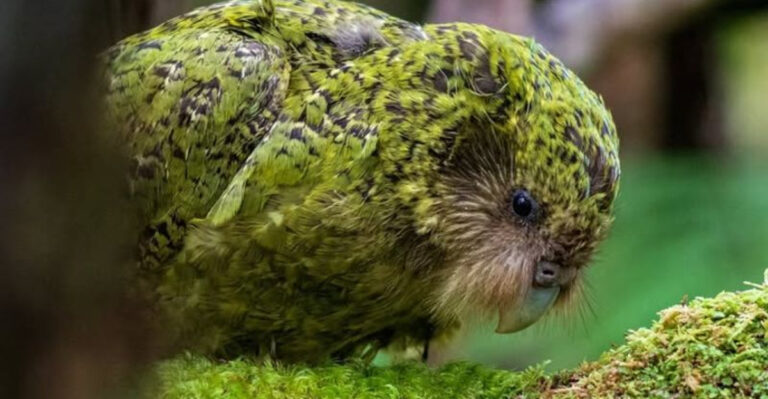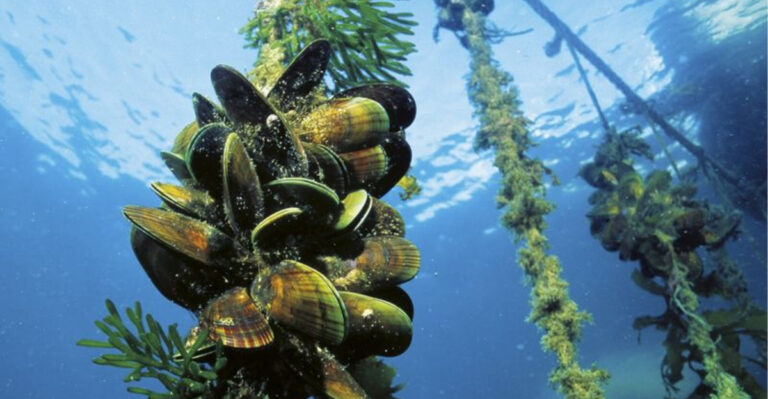Exploring The Diverse Habitats Of Snakes Around The World
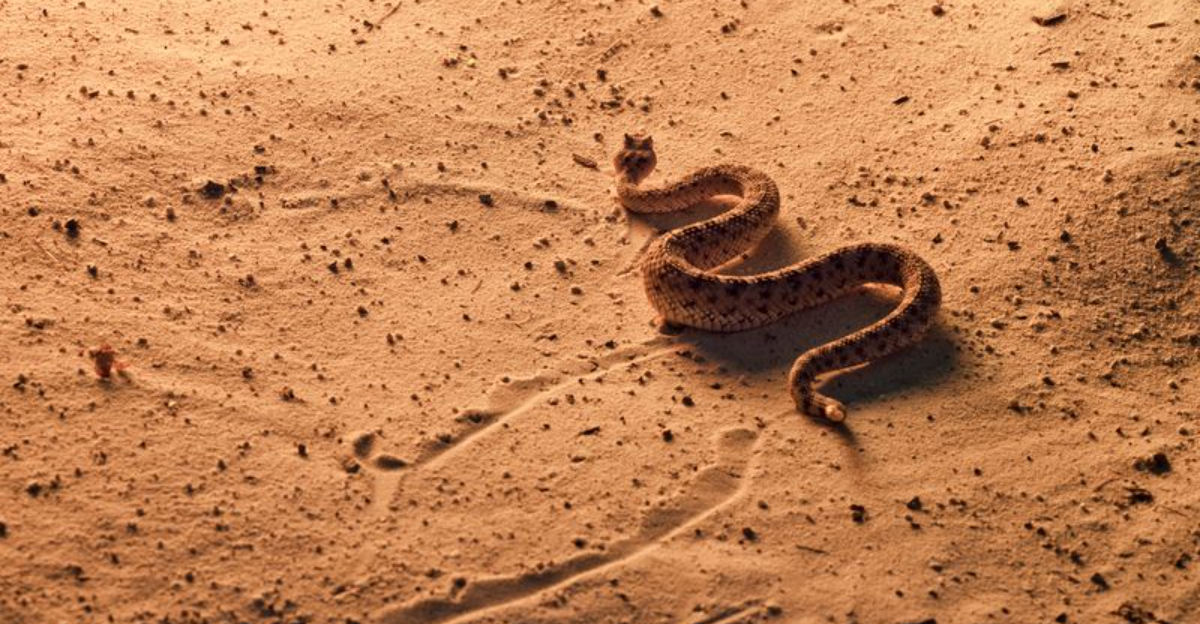
From scorching deserts to frigid mountains, snakes have slithered their way into almost every corner of our planet.
These remarkable reptiles have adapted to survive in environments that would challenge even the toughest creatures. Let’s journey across continents to discover the amazing places snakes call home and see how they’ve evolved special tricks to thrive in each unique setting.
1. Amazon Rainforest Canopy
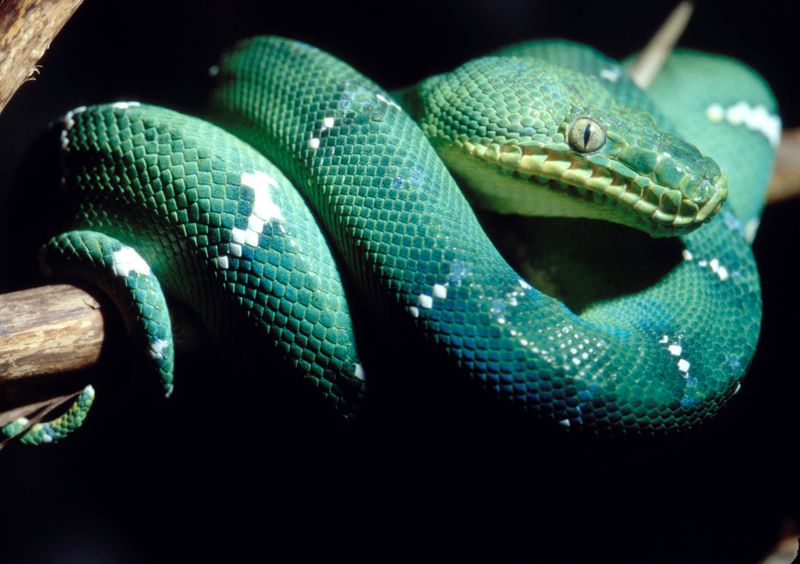
Hanging like living vines among the treetops, emerald tree boas and green tree pythons have perfected life above the forest floor. Their specialized belly scales grip branches securely while they wait for unsuspecting prey to pass by.
Coiled in perfect loops around branches, these ambush hunters can go weeks between meals. Their striking green coloration provides perfect camouflage against the leafy background.
2. Sonoran Desert Sands
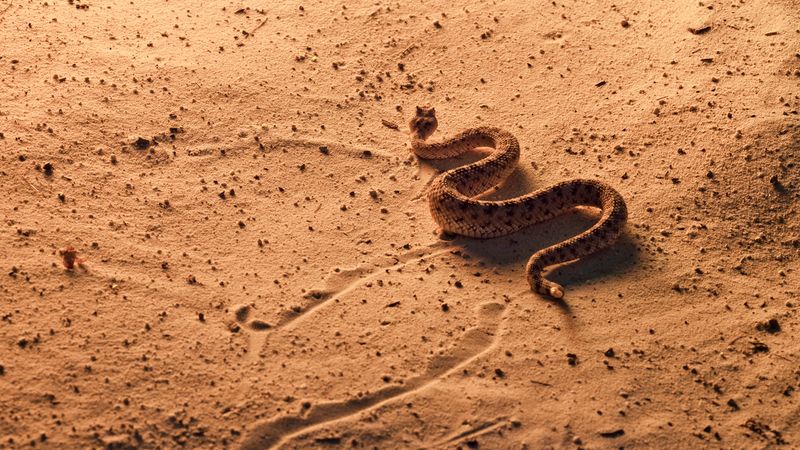
When midday temperatures soar to 120°F, sidewinder rattlesnakes disappear beneath the scorching surface. Their unique sideways movement prevents them from sinking into loose sand while minimizing contact with the hot surface.
At night, these heat-sensing hunters emerge to patrol the cooling desert landscape. Their specialized scales and efficient kidneys help them conserve every precious drop of water in this parched environment.
3. Himalayan Mountain Slopes
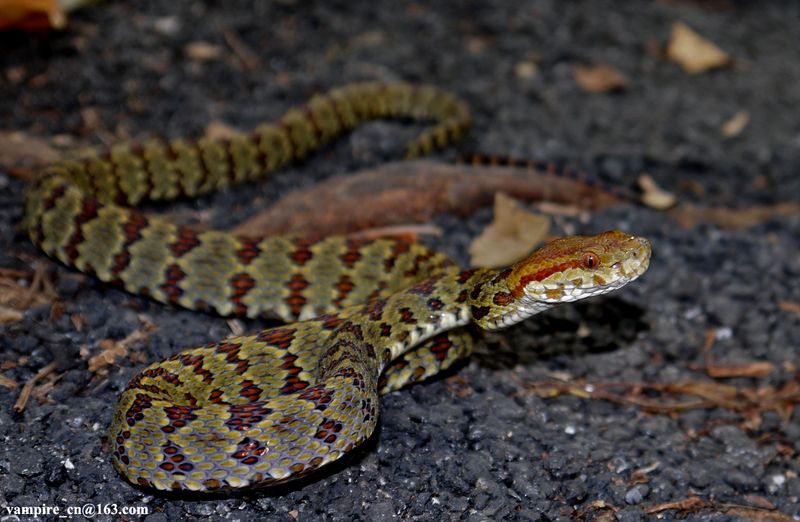
Against all odds, Himalayan pit vipers survive at elevations where oxygen is scarce and temperatures plummet below freezing. These cold-climate specialists can function at temperatures that would immobilize most reptiles.
During harsh winters, they retreat into deep rock crevices where they enter a hibernation-like state. Their remarkable metabolism slows dramatically, allowing them to survive months without food while waiting for spring’s return.
4. Australian Eucalyptus Forests
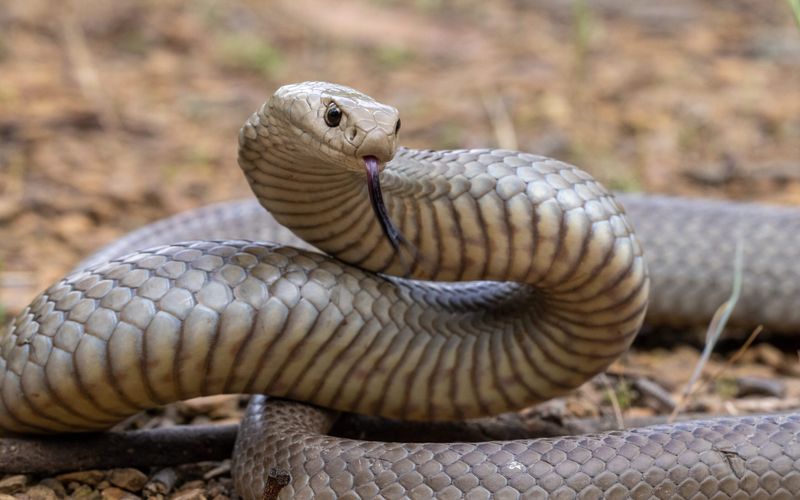
Amid the aromatic eucalyptus groves, eastern brown snakes patrol the forest floor with deadly precision. Despite their unassuming appearance, they pack the second-most potent venom of any land snake.
Quick to flee rather than fight, these nervous hunters dash through fallen leaves and understory vegetation. They’ve mastered life in a landscape where fire is a natural part of the ecosystem, quickly recolonizing burned areas as prey animals return.
5. Coral Reef Shallows
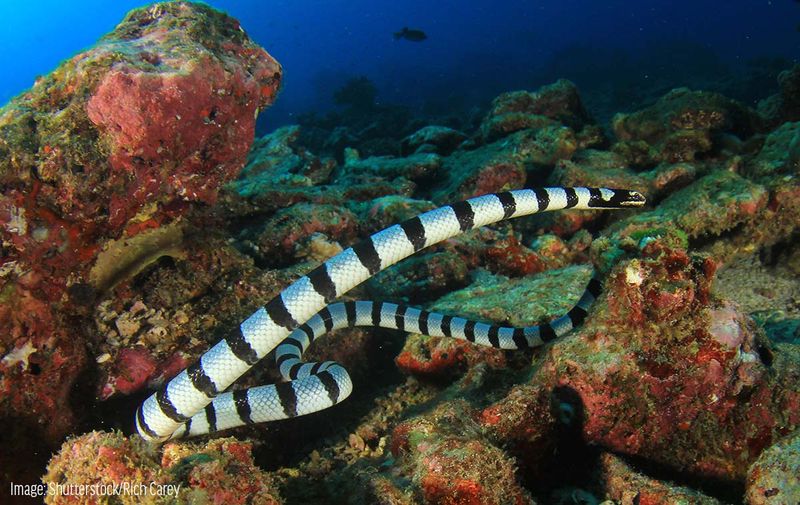
Banded sea kraits lead double lives between ocean and shore. Unlike fully aquatic sea snakes, these striped swimmers must return to land to digest meals, lay eggs, and shed their skin.
Perfectly adapted for marine hunting, their paddle-shaped tails propel them through complex reef structures. Their nostril valves seal shut underwater, and specialized glands remove excess salt from their bodies after drinking seawater.
6. African Savanna Grasslands
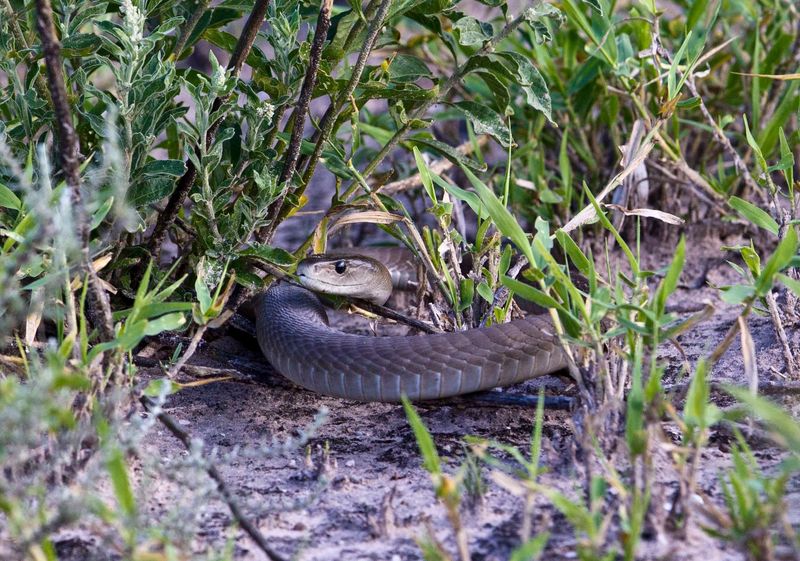
Amid waving golden grasses taller than a person, black mambas create invisible highways through the savanna. Africa’s longest venomous snake can move at speeds up to 12 mph through this ocean of vegetation.
Masters of thermoregulation, these snakes bask in morning sun before retreating to abandoned termite mounds during midday heat. Their elevated hunting style—raising a third of their body off the ground—gives them a commanding view over the grassland.
7. Mangrove Swamp Roots
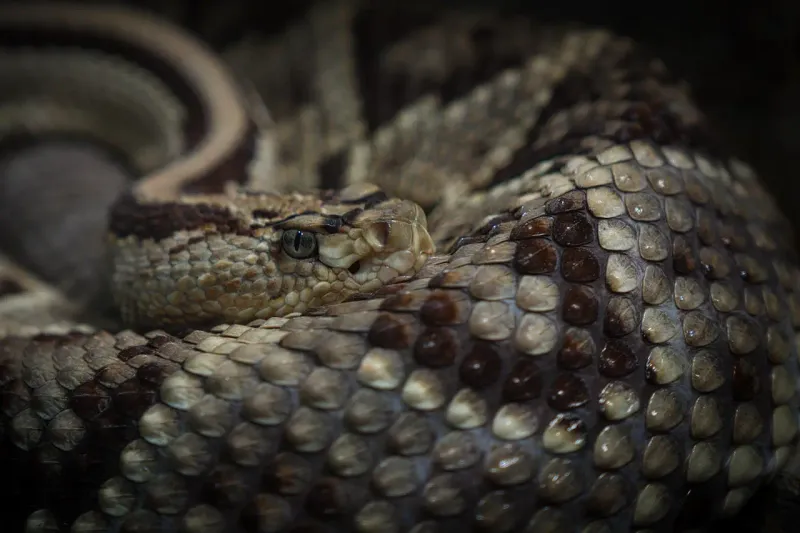
Between land and sea, mangrove pit vipers navigate the tangled maze of roots with remarkable dexterity. Their prehensile tails act like fifth limbs, gripping branches while they hunt among the brackish waters.
Waiting motionless for hours, these ambush specialists blend perfectly with the dappled patterns of sunlight through leaves. During high tides, they simply climb higher into the mangrove canopy, always keeping above the advancing waters.
8. Temperate Forest Undergrowth
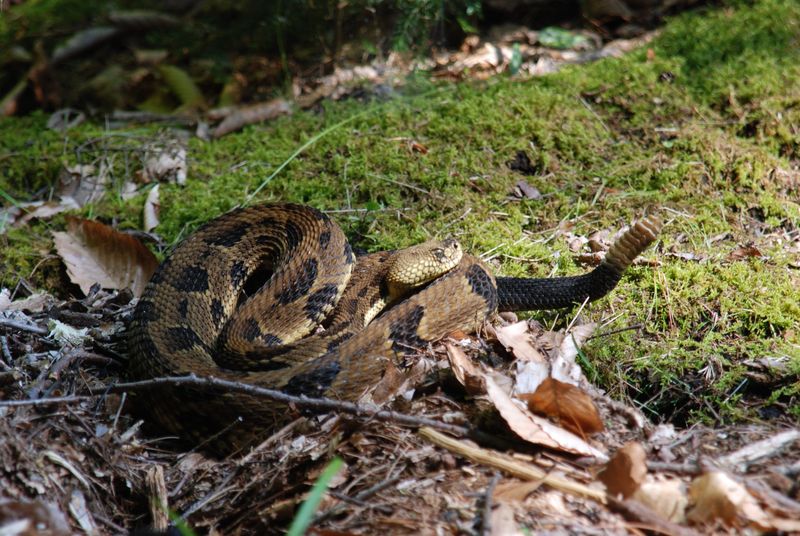
Beneath carpets of fallen leaves, timber rattlesnakes create annual routines that span mere miles throughout their entire lives. These creatures of habit return to the same den each winter, often using ancestral hibernation sites used for centuries.
Come spring, they follow ancient migration corridors to familiar hunting grounds. Their bodies darken or lighten to match the forest floor’s changing seasonal colors, providing year-round camouflage in this ever-changing landscape.
9. Underground Burrow Networks
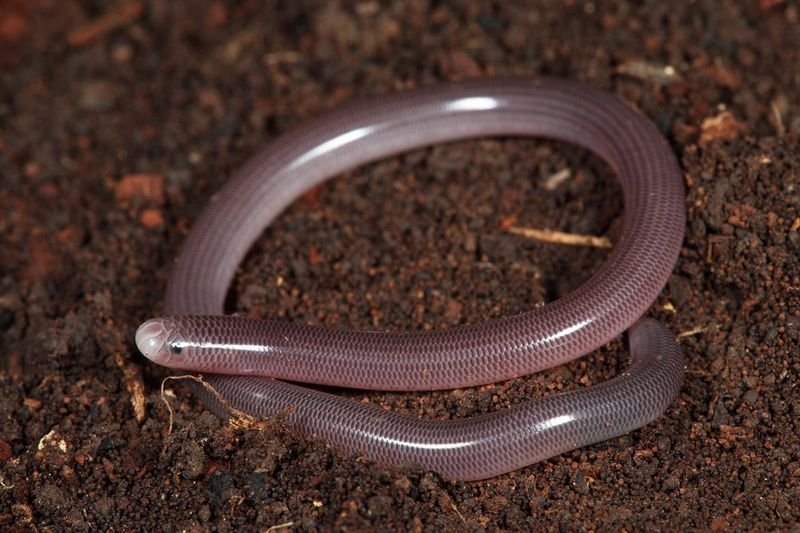
Far beneath our feet, blind snakes have abandoned light altogether for a lightless existence. Their reduced eyes detect only basic light levels while specialized scales help them slip through tight soil passages.
These worm-like specialists follow ant and termite tunnels, feeding on eggs and larvae. Their smooth, cylindrical bodies push through soil with surprising speed, using microscopic sensors to detect the chemical trails of their prey.
10. Alpine Meadow Rockfields
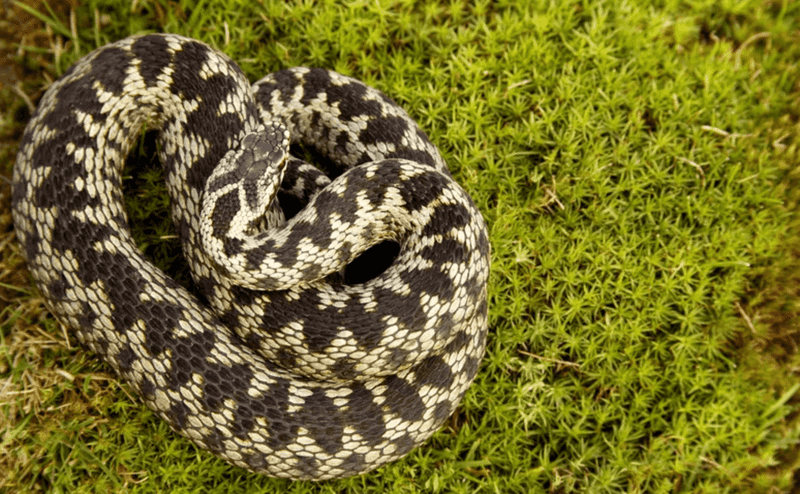
When summer finally reaches high mountain meadows, European adders emerge from deep winter shelters to soak up precious warmth. These cold-adapted vipers have evolved special behaviors to maximize heat gain in their brief active season.
Female adders perform a remarkable feat called “facultative viviparity”—essentially incubating their developing eggs internally. They bask strategically throughout the day, moving between sun and shade to maintain optimal body temperature for their developing young.
11. Tropical Cave Systems
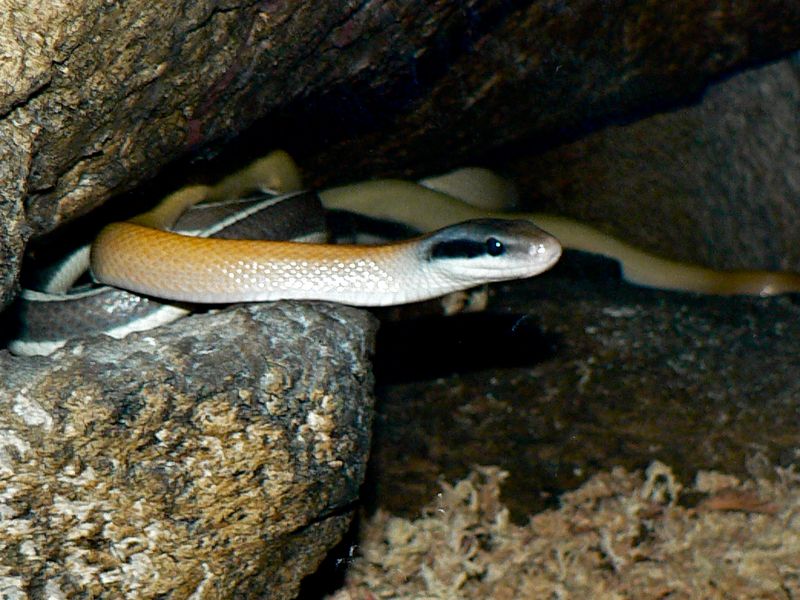
Deep within limestone caverns of Southeast Asia, cave-dwelling rat snakes have adapted to life in eternal darkness. Unlike true cave specialists, these snakes still retain their eyesight, hunting both inside caves and near entrances.
Their specialized diet consists largely of bats, which they catch with remarkable precision. Hanging from stalactites, they strike with perfect timing as bats fly past, having learned to hunt effectively using minimal visual cues in the darkness.
12. Coastal Dune Ecosystems
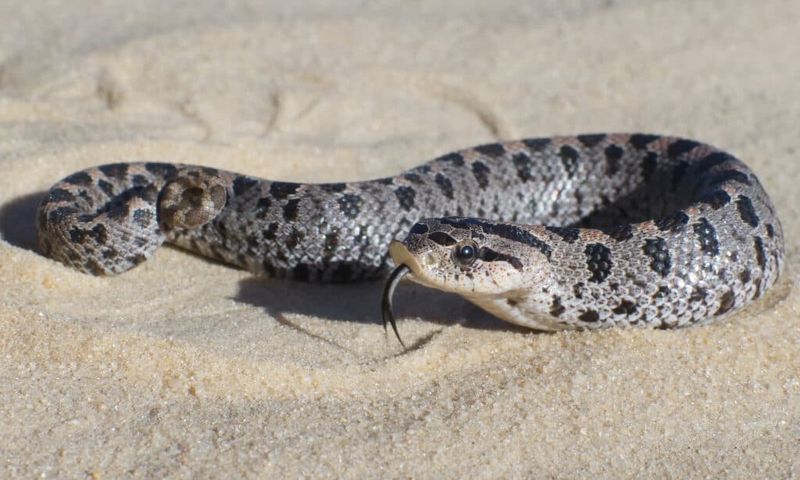
Against shifting sands of coastal dunes, hognose snakes perform one of nature’s greatest bluffs. When threatened, they flatten their necks cobra-style and hiss dramatically—despite being mostly harmless to humans.
Masters of sandy environments, their upturned snouts work like shovels for rapid burrowing. They’ve evolved specialized digestive enzymes to handle toxic toad species that other predators avoid, giving them access to an abundant food source with little competition.
13. Floating Meadows of the Amazon
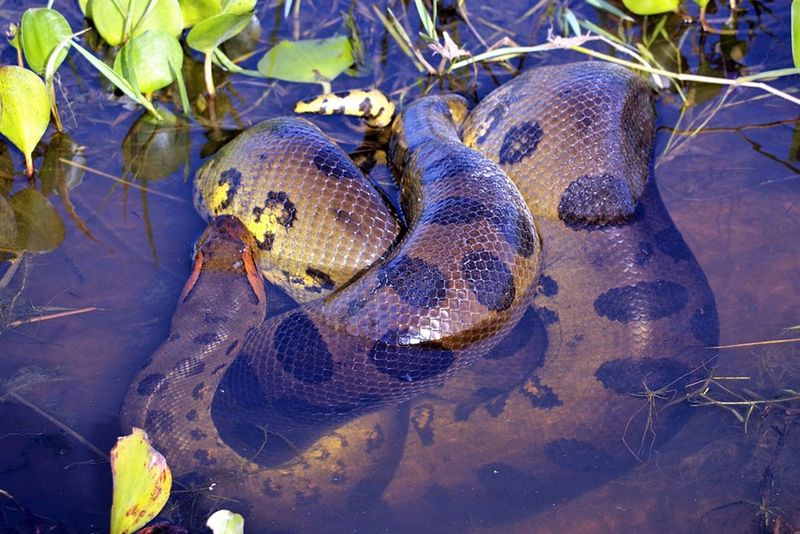
Atop vast mats of floating vegetation, anacondas reign as apex predators in a habitat that’s neither fully land nor water. These massive constrictors navigate through patches of water hyacinth and floating grass that can stretch for miles.
Their eyes and nostrils positioned on top of their heads allow them to breathe and see while almost completely submerged. During dry seasons, they create mud chambers that retain moisture, essentially waiting out harsh conditions in a state of torpor.
14. Mediterranean Olive Groves
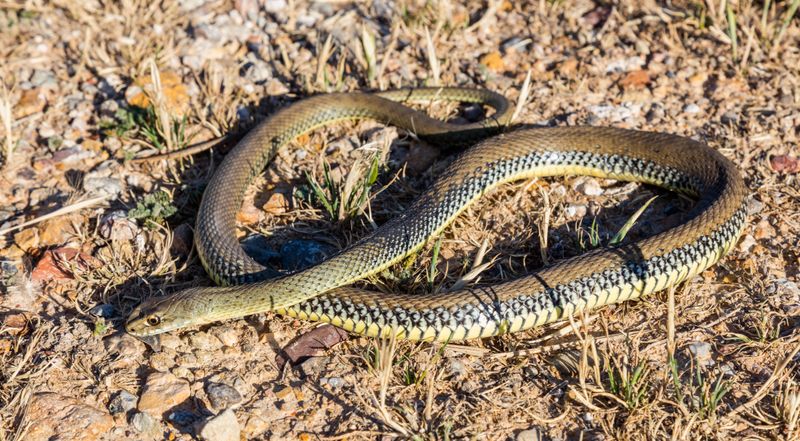
Between ancient gnarled trunks of olive trees, Montpellier snakes have adapted to centuries of human agricultural practices. These fast-moving hunters race across sun-baked ground at surprising speeds, actively pursuing their prey rather than ambushing.
During scorching summer afternoons, they retreat into stone walls built by generations of farmers. Their remarkable climbing abilities allow them to scale the twisted olive trees to raid bird nests, an adaptation that provides food when ground prey becomes scarce.
15. Arctic Tundra Thaw Zones
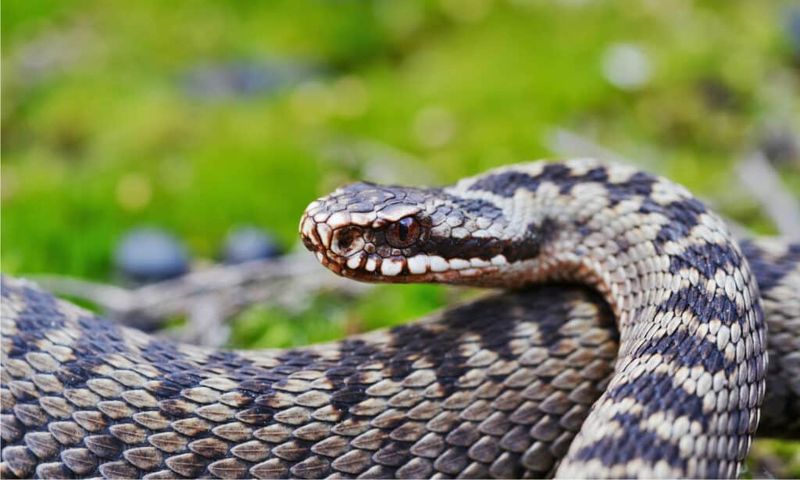
Pushing the northern limits of reptile survival, common European adders have colonized the Arctic Circle’s edge. For nine months, they remain frozen in hibernation beneath the snow, their bodies producing natural antifreeze compounds.
During the brief Arctic summer, they maximize activity in 24-hour daylight. These cold-climate champions must complete their entire yearly cycle—emerging, mating, giving birth, and feeding—within just 90 days before winter returns.


